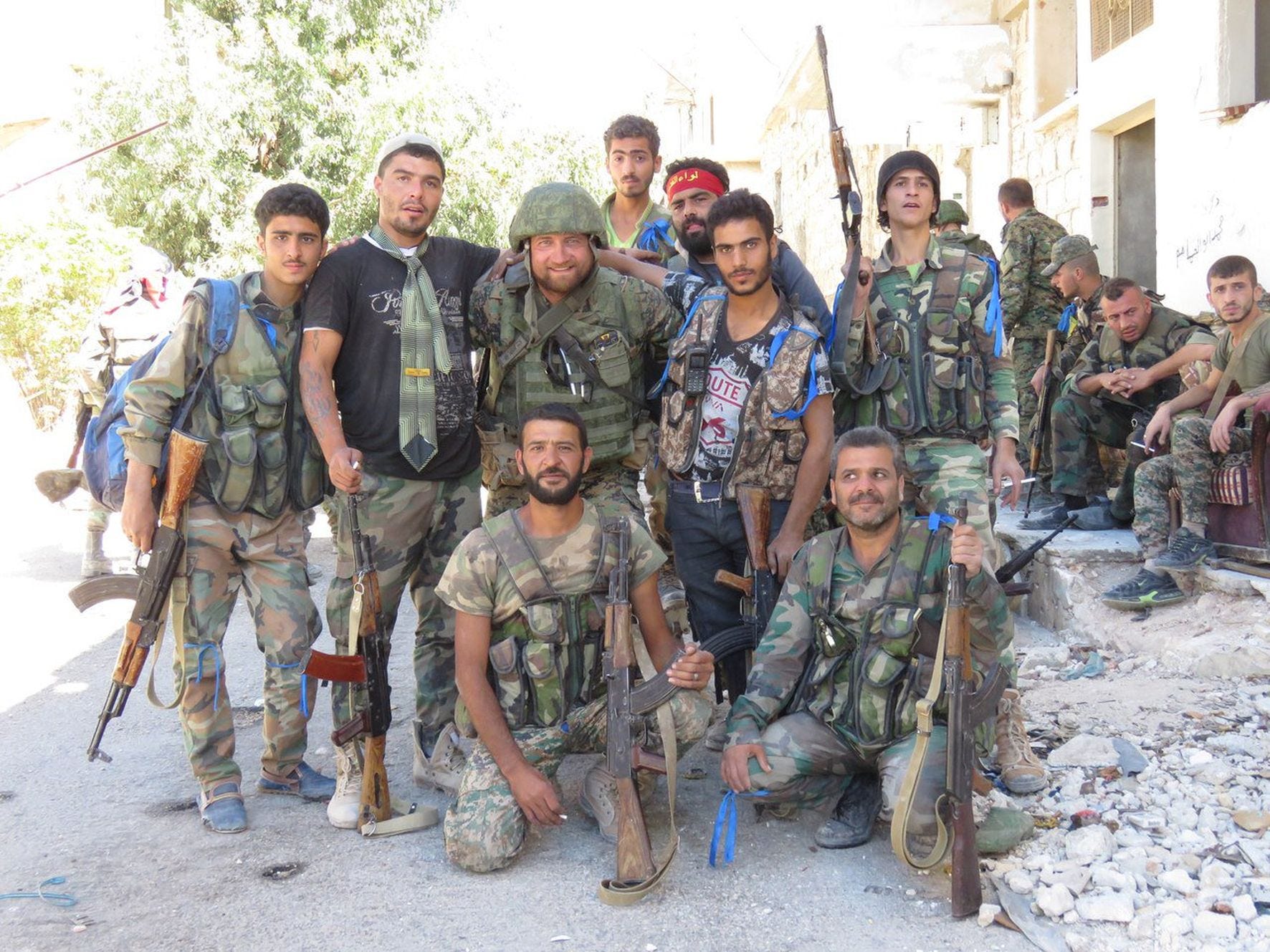Iran and Russia Are Apparently Fighting Each Other in Syria
Between Jan. 23 and 27, 2017, there were reports that Syrian president Bashar Al Assad had suffered a stroke and had to be hospitalized. The usually pro-Assad British newspaper The Independent claimed that the Syrian president was suffering serious psychological strain.
Allegations of a president’s poor health take on extra significance in a Russian proxy state. During the Cold War, the Soviets frequently cited allied leaders’ purported medical and psychological problems when launching military interventions — takeovers, essentially — in the countries of the supposedly-ailing heads of state.
Did the same thing just happen in Syria?
On Jan. 28, there were reports that Iran’s Revolutionary Guard Corps militia had tried to depose Al Assad and replace him with his brother Maher — and that Russian forces had thwarted the attempted coup by blocking Iranian agents in 11 Damascus districts and at the strategic Almaza air base. The maneuvering reportedly occurred amid a schism within Syria’s ruling Alawite community between pro-Russian and pro-Iranian elements.
The crisis seemed to pass two days later. “President Assad is in excellent health,” the regime announced on Jan. 30.
To be clear, the evidence of an attempted Iranian coup in Syria— and a Russian countercoup — is thin. But then, evidence of internal politics in Damascus is always thin.
That said, it’s no secret that on their arrival in Syria in August and September 2015, Russian officials found the regime and its military in a state of a complete disorder — and unable to continue the war on their own.
In rescuing Al Assad’s regime from collapse, the Russians preferred to deal with state institutions. But the regime was so weak that the Russians had no choice but to work closely with Al Assad’s non-state allies such as Hezbollahand militias including the Liwa Al Qods, staffed by pro-Al Assad Palestinians.

Unsurprisingly, some top Russian military commanders expressed strong dislike for Al Assad and called for a complete reorganization of the estimated 70,000-man regime army. In the autumn of 2015, the Russians gathered up some surviving Syrian army forces in Lattakia, combined with Russian units and some militias and formed the new IV Assault Corps.
The reforms continued into 2016, culminating in the establishment of the new V Assault Corps in the Aleppo area. Advisers from Moscow retrained Syrian militia fighters and equipped them with Russian weapons and gear.
Russia’s consolidation of power in Syria surely startled Iranian agents in the country. While the IRGC is largely in favor of Russian intervention in Syria, Russian and Iranian methods in the country are not entirely compatible. Russia’s success in the country can be Iran’s loss.
The Russians and the IRGC in Syria have been at odds virtually since the moment the first of roughly 10,000 Russians arrived in the country. Moscow’s goal is to preserve Al Assad’s government in some form, even if that means giving up parts of the old Syria. By contrast, Tehran wants to “liberate” all of Syria from rebel and jihadist forces and restore a strong — and strongly pro-Iranian — regime
While Moscow aims to reinforce, to whatever extent is possible, the regime’s conventional military, Iran is forming a Syrian version of Hezbollah and has likewise enlisted Iraqi Shi’a militias — all at great cost to itself. Iran controls some 40,000 fighters in Syria.
The financially-depleted Al Assad regime cannot afford to compensate Tehran in cash, so Damascus has been paying back the IRGC with real estate. The more land the Iranians own in Syria, the more determined they are to steer the war their own way.
It appears that the Russia-Iran rivalry has played out within the Syrian army. The Republican Guards Division remains loyal to Bashar Al Assad and has contributed significantly to the Russian reorganization effort.
Not so the 4th Armored Division, one of the key units defending Damascus — and which Maher Al Assad commands. The 4th Armored Division reportedly went on high alert during the apparent coup attempt in late January.
Previously, the two division, one each answering to a different Al Assad, had reportedly shot at each other.
For now the status quo reigns in Syria. If indeed the IRGC did attempt to replace Bashar Al Assad in late January, it clearly failed. But that doesn’t mean the regime is safe and secure in its current form. Syria still relies on two foreign allies. And those allies still don’t get along with each other.



How come Iranians want to replace Bachar with Maher? Maher is known to be the closest to the Russians, he was hospitalized in Russia after a major blow last year. Somtehing is wrong. In fact, all Syria is wrong.